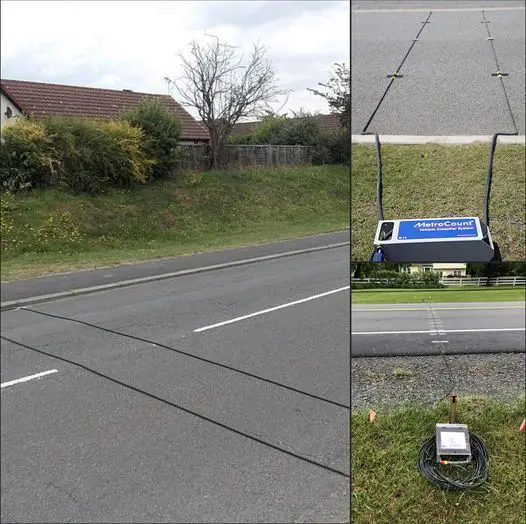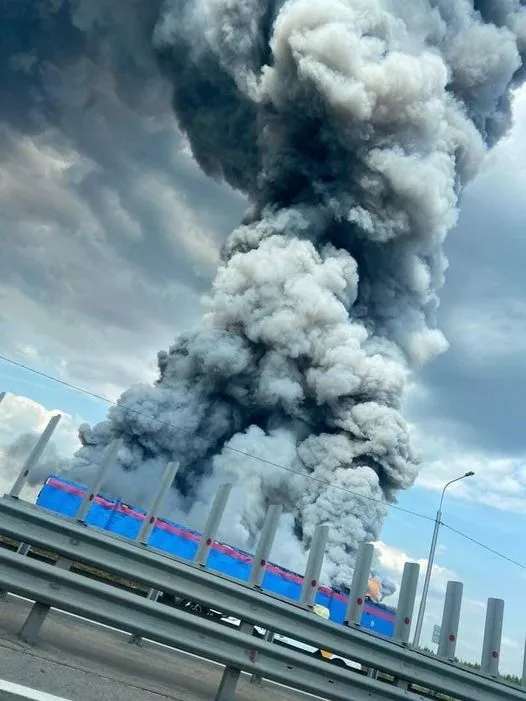When driving through neighborhoods, highways, or even small streets, you may have noticed black cables across the road. These unassuming cables are more than they appear. Installed by transportation agencies, they provide essential data about the flow of traffic and the way our roads are used. These cables—more officially known as traffic counters—are a quiet yet vital part of urban planning and road safety.
How Do Traffic Counters Work?
While they seem simple, the cables actually use pneumatic pressure to collect data. Every time a car passes over the tubes, a burst of air is triggered. This air burst sends a signal to a counter which logs the vehicle’s speed, number of tires, and even the time it passed by. Paired with additional equipment, these devices can measure everything from how fast cars are driving to the type of vehicles most often using the road, such as trucks or motorcycles.
With the data collected, urban planners and local governments can better understand traffic patterns in specific areas. This knowledge helps with everything from adjusting speed limits to planning new road construction or even placing traffic lights at busy intersections. The insights gathered by these small cables are invaluable for improving road safety and efficiency.
Why Are These Counters Important?
Traffic counting may seem like a mundane task, but the data they collect are crucial for managing how our roads are built and maintained. For example, imagine a residential neighborhood where speeding has become a common issue. The local community might file complaints, but without hard data, it’s difficult to justify adding speed bumps or lowering the speed limit. This is where traffic counters step in. By measuring how many vehicles pass through and at what speeds, city officials can make informed decisions about whether changes to the road should be made.
Moreover, traffic counters are essential in planning for future road use. Understanding peak traffic times and areas where congestion is highest allows for better traffic flow management. This, in turn, can reduce accidents and make daily commutes easier for everyone.
Types of Traffic Counters
There are two main types of traffic counters: temporary and permanent. Temporary counters are often placed for short periods to collect data quickly. These are the black cables that are most commonly seen on roads. They are typically laid out for a few days to gather information on vehicle volume and speed. Permanent counters, on the other hand, are usually installed on highways or busy streets to continuously monitor traffic over long periods.
Permanent traffic counters provide valuable, long-term data on road use, helping urban planners track changes over time. This type of data is particularly important for monitoring trends, such as increased vehicle use or changing traffic patterns, which can indicate the need for future infrastructure development.
Impact on Road Safety
One of the most significant roles that traffic counters play is in improving road safety. Traffic data can identify areas with high accident rates, allowing for changes that could prevent future incidents. Whether it’s adjusting speed limits, adding traffic lights, or even redesigning intersections, these decisions are all based on the data collected by traffic counters.
In some cases, traffic data can help justify the creation of bike lanes or pedestrian crossings, ensuring that all road users—not just drivers—are kept safe.
The Bigger Picture: Planning for the Future
As our cities continue to grow, the need for effective transportation management becomes even more critical. Traffic counters provide the kind of data that urban planners and governments rely on to keep pace with this growth. The data helps not only with immediate traffic concerns but also with long-term projects such as building new roads, highways, or bridges.
For example, if traffic counters indicate that a particular road is experiencing an increase in traffic volume over several years, this could justify the construction of an additional lane or even an entirely new road to ease congestion. Similarly, understanding vehicle types passing through certain areas helps planners create roads that can handle heavier loads, reducing wear and tear on infrastructure and lowering maintenance costs in the long run.
Conclusion
The next time you spot those black cables stretched across the road, you’ll know they are more than just mysterious objects—they are essential tools for keeping our roads safe and efficient. By gathering data on vehicle volume, speed, and types, these traffic counters inform decisions that improve traffic management and enhance road safety for everyone.
Whether you’re a driver passing over these cables or a pedestrian crossing the street, the data collected by these counters plays a role in shaping the roads you use daily. So, the next time you encounter them, take a moment to appreciate the hidden technology working to make your commute safer and smoother.




